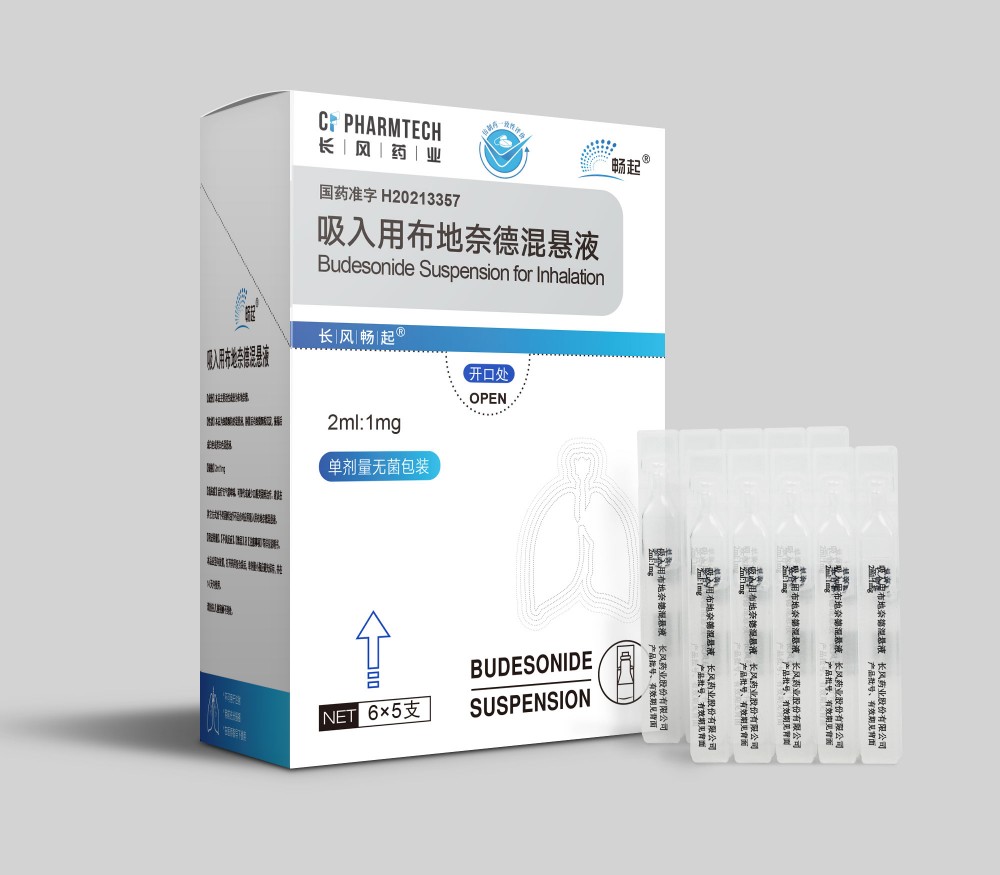Original link: https://blog.fivest.one/archives/6342
Let me talk about the conclusion first: In order to avoid the glass shards of the ampoule being inhaled into the lungs during nebulization, the most reliable solution I personally found is a filter membrane with one more than two hairs and a sleeve on the syringe.

During the epidemic, my family and some relatives and friends bought an oxygen generator and a nebulizer for delivery. So I started to pay attention to some nebulized drugs. For example, Budesonide, or acetylcysteine (Acetylcysteine) for phlegm and cough, if conditions permit, use the inhalation method, the effect will be better.
Ordering medicine…wait, why glass ampoules? ? !

After searching around, most of the similar foreign products are plastic bottle stoppers; while the four or five inhalable acetylcysteine in China are all packaged in glass ampoules. Probably because the medicines produced in China are easy to decompose under the light and react with plastic, so they have to be bottled in brown glass?
This is a bit scary… When the glass ampoule is broken, the glass shards will fall into the liquid medicine, which may enter the human body and cause injury. This is now common knowledge. Many medical malpractices are also related to this. Modern medical equipment has tried to avoid this kind of glass ampoule packaging, or add filter devices to injection and infusion equipment.
Physician who sells medicine:
It won’t be inhaled, dear. Atomized inhalation is water vapor, if it is accidentally poured into a small glass slag, it will not be inhaled into the lungs by the human body.
——This is nonsense. First of all, atomization is not “water vapor” at all, but uses the principle of gas jet to spray the liquid medicine into tiny mist droplets. Moreover, some aerosolized drugs are insoluble in water, but tiny particles, which are mixed with mist droplets and inhaled into the lungs for absorption. And the size of glass shards, which is close to these medicine particles, will of course be sucked into the lungs together…
So I had to find a solution by myself. There are filter needles with built-in filter mesh or filter paper in foreign countries; no similar products have been found in China, but a filter membrane used to filter particles when pipetting liquid in the laboratory has been found.

The filter membrane has a pore size as small as 0.22µm and can be directly screwed onto a common syringe. After opening the glass ampoule, pour the liquid medicine into the syringe, and then push the syringe, so that the liquid medicine can be injected into the atomization cup through the filter membrane. In this way, various particles that may exist in the liquid medicine can be effectively filtered. Taobao 100 22 yuan, the measured effect is very good.
It should be noted that this filtering method is only suitable for solution-type pharmaceuticals in which the pharmaceuticals have been completely dissolved in water. For suspension-type medicines, the active ingredients suspended in the medicine liquid will be filtered out together. ——However, suspension formulations on the market, such as Budesonide, do not use glass ampoules, so the filtration step is not required.

Therefore, when manufacturers choose how to package drugs, they also take these factors into consideration? Suspensions are packaged in (more expensive?) plastic; aqueous solutions are fine in glass ampoules? The logic seems to be subtle.
This article is transferred from: https://blog.fivest.one/archives/6342
This site is only for collection, and the copyright belongs to the original author.